Right or wrong, revenge has always been a very basic part of the human emotional spectrum. Inummerable sagas, poems, stories & movies have been written based on revenge. But that’s the thing, it’s all fictional, right? No one really sits around for years, meticulously planning grizzly revenge, waiting for the ‘opportune moment’ to go all ape-shit, do they? Well, that’s where we say, think again.
1. A young Julius Caesar was once kidnapped by pirates. After paying off the ransom, Caesar raised an army, captured the pirates and had them crucified.
The story goes that 25-year-old Julius Caesar was sailing on the Aegen Sea when he was captured by pirates. At first they asked for 20 talents (pieces of silver) as ransom, but Caesar, who was insulted by the demand, asked them to increase the ransom, as befit his stature. The pirates increased the ransom to 50 talents. He also promised that he would capture and crucify them.
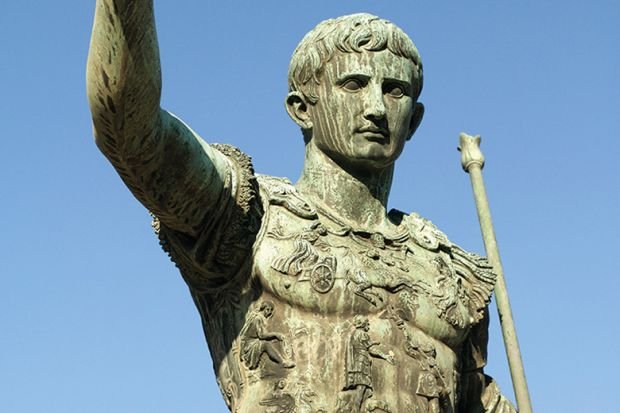
Caesar’s associates were able to raise the sum and subsequently freed him. And this is where Caesar’s revenge began.

After being freed, Caesar raised a small force and went to the island where the pirates set camp. Unfortunately for them, the pirates didn’t pay heed to his warnings. Long story short, the pirates were captured and crucified. And Julius Caesar kept his money and his word.

2. King Afonso IV of Portugal stopped his son, Peter I from marrying the woman he loved, going so far as to have her murdered. Later, when Peter became king, he had the assassins killed, ripping their hearts out with his own hands.
Life in medieval Portugal was fairly unpredictable, what with the constant changes in alliances. Heck, life in medieval anywhere was tough and unpredictable. Anyway, to counter this, in 1340 King Afonso IV of Portugal decided to get his son, Peter (or Pedro) married to Costanza, the daughter of Juan Manuel, Prince of Villena to seal an alliance.

However, along with Costanza, came her lady-in-waiting, Ines De Castro, and yes you guessed it, Prince Peter I fell head over heels in love with her. While Costanza herself died in 1345, Ines and Peter’s love affair continued. Afonso banished Ines from the court, but Peter refused to marry anyone other than Ines. Having failed at banishment, in 1355 Afonso sent three men to kill Ines, who was decapitated in front of one of her children.

Yep, that kinda pushed ol’ Pedro over the edge. He revolted against his father, but was defeated. Afonso however, died soon after and Peter I became king in 1357. He managed to find two of the assassins, held a public trial and had them executed. How, you ask?
By ripping their hearts out with his own bare hands. Apparently, it was justice for what they did to his heart. They didn’t call him Peter the Just for nothing.
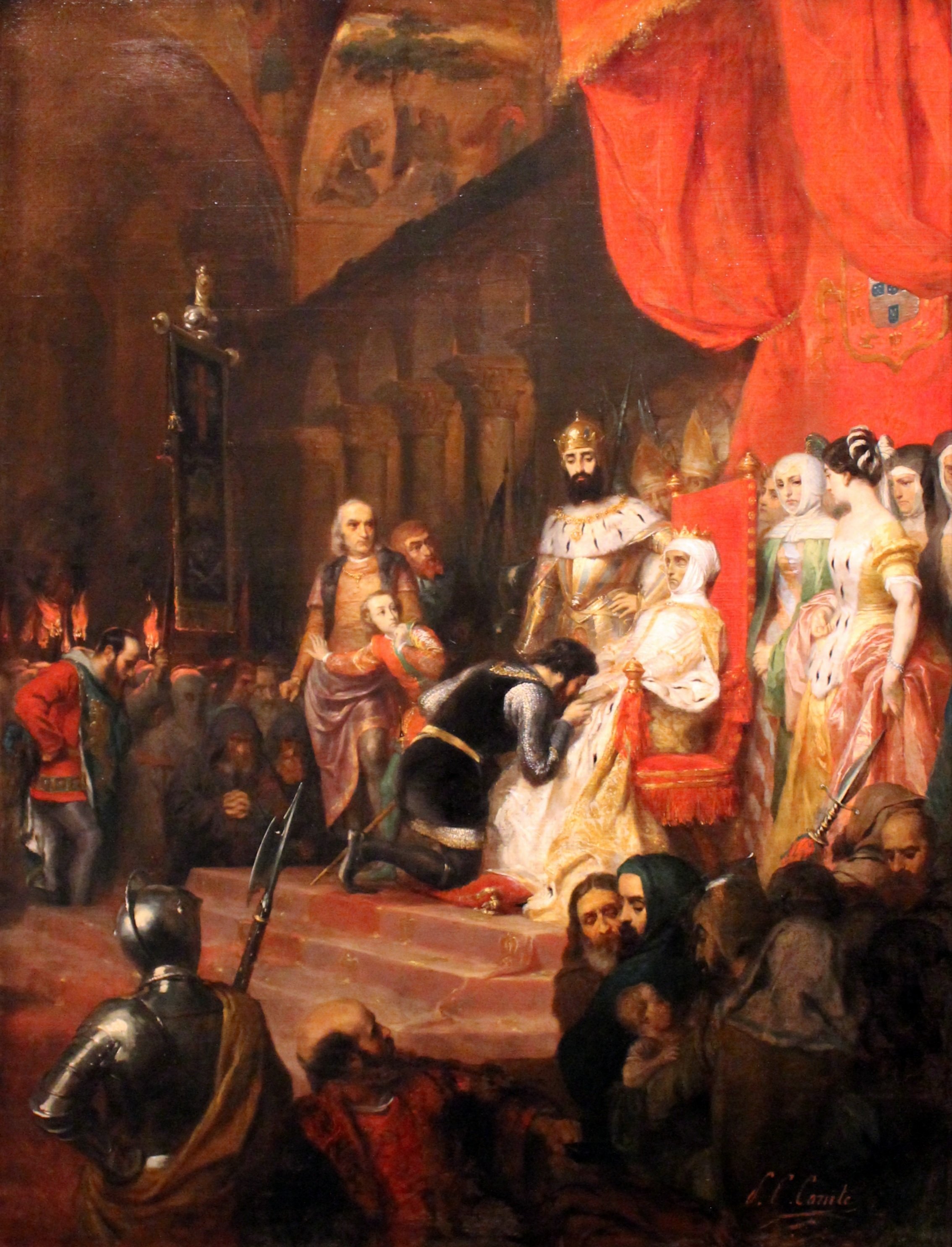
3. Enrico Dandalo was blinded and mocked by the Byzantine Empire when he went to negotiate on behalf of his city. 30 years later, blind and in his nineties, he led the sack of the Empire’s capital city.
In the beginning of the 12th century, the Western Roman Empire had collapsed, leaving the Byzantine Empire as the only real power in Eastern Europe. During all this, the Republic of Venice proved to be a safe haven during these times of turmoil, until 1171 that is. In that year, the Byzantine government decided to confiscate the properties of all Venetians living in the Empire and imprison them.

So the Republic appointed Enrico Dandalo (who was already in his 60s by then), as emissary to talk things over with the Empire.
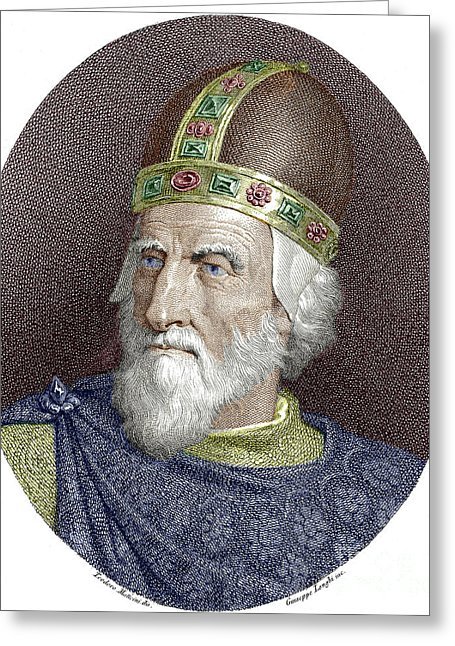
That proved to be ineffective, as the Byzantines decided to blind Enrico and continue with their bullying ways.

Well, we’ll tell you what they did about it. 30 years later, and now the Doge of Venice, Enrico Dandolo led the 4th Crusade all the way to Constantinople to sack the city. The city fell and Enrico had his revenge. Oh, did we mention he was blind and in his 90s?
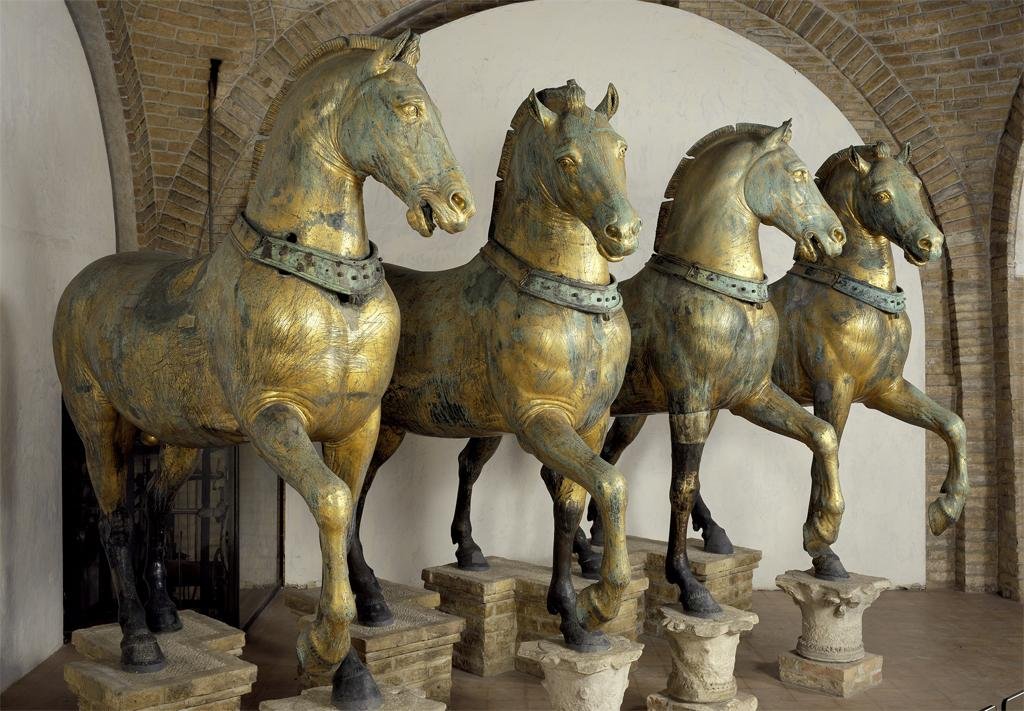
4. Wrongly accused of being a spy by his ‘friends’, Pierre Picaud was sent to prison, somehow made a fortune and when he got out of jail, inflicted brutal revenge on the men who sent him there.
Wait up ScoopWhoop, that’s sounds a lot like the story to The Count of Monte Cristo, we hear you say. Well, that’s because Alexandre Dumas’ novel was apparently based on the police reports of this story.

Pierre Picaud was a well-to-do shoe maker in France and soon to be married to his sweetheart. Life was basically set for him. However, three jealous friends – Loupian, Solari and Chaubert – falsely accused him of being an English spy and Pierre was sent to prison.

Apparently, while he was there, he befriended a wealthy priest, Father Torri. They became so close, that the priest bequeathed his property to Pierre when he died. When Pierre got out, he got his hands on the money, changed his name and spent 10 years plotting his revenge.

What was the revenge, you ask? First, Chaubert was murdered and Solari was poisoned. But he left the most brutal punishment for Loupian, who was married to Pierre’s former fiance.

He tricked Loupian’s daughter into marrying a criminal and then had him sent to jail, which caused Loupian’s daughter to die of shock.

He then manipulated Loupian’s son into stealing gold (for which he was arrested) and finally burnt Loupian’s restaurant to the ground. Loupian’s son was sent to jail and Picaud stabbed Loupian to death himself.

But that’s where the similarity to the classic story ends. A fourth friend, Allut, knew of the original plot by Messrs Loupian, Solari and Chaubert, but chose not to report it. He abducted Picaud and killed him.

And that’s how we know this story, because of Allut’s deathbed confession. Although the part about Father Torri is kind of hazy, TBH.
5. A Central Asian empire decided to piss Genghis Khan off by killing the trade emissaries he sent. So he obliterated it.
Chances are you’ve never heard of the Khwarezmid Empire. That’s how effective Genghis Khan’s revenge was.

In the early 13th century, the Mongol Empire had just gained a border with the Khwarezmid Empire. Most people would think getting a border with the most well-known conquerers of all time would be a bad thing, so when Genghis Khan sent a 500-man caravan to his new neighbours, the Kwarezmid Shah was a little suspicious.
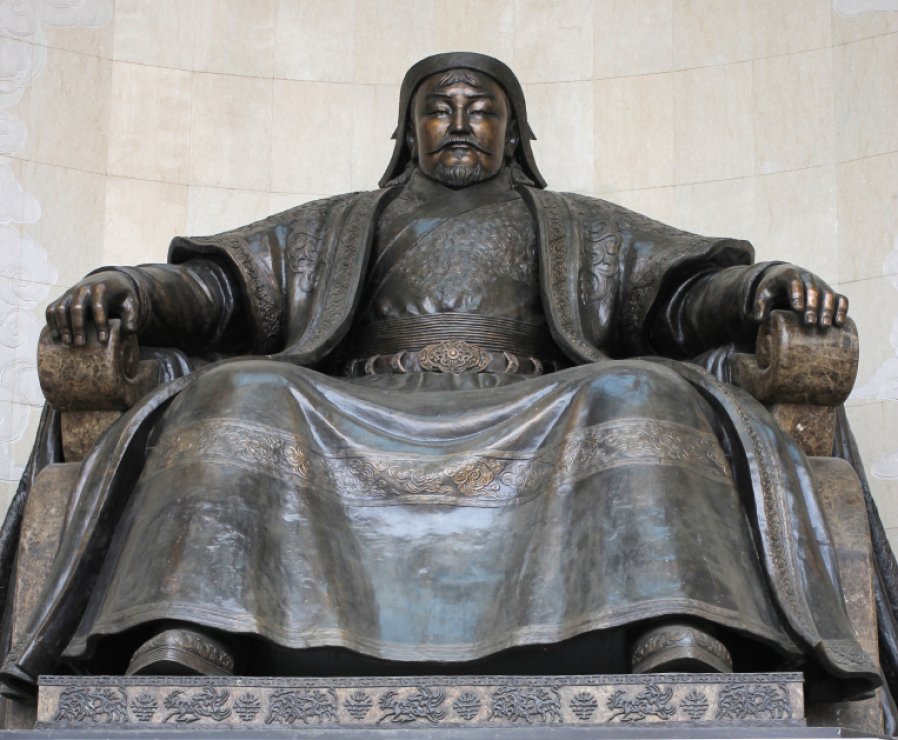
However, most historians insist that Genghis Khan had no ulterior motives and was only interested in trade and even an alliance. The Shah didn’t have the benefit of hindsight and captured the 500 men, claiming they were spies.

Instead of attacking, Genghis Khan sent 3 ambassadors (2 Mongols and 1 Muslim) to ensure the 500 men’s freedom. Again, the Shah did not respond well. He had the Mongols’ heads shaved and the Muslim beheaded. He also ordered the execution of all the 500 men in captivity.
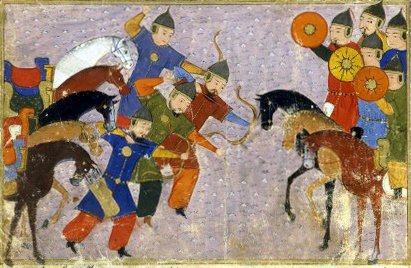
And that got Genghis Khan’s attention. In less than 2 years, the Khwarezmid Empire ceased to exist.
6. In 18th century Japan, a lord lost his temper and lashed out at an Imperial official who wanted to be bribed. As punishment, the lord was forced to commit seppuku. 47 of his loyal samurai, vowed to avenge their master and over the next 2 years, planned their revenge.
Probably one of the most well-known stories of revenge, loyalty and duty, the story of the 47 ronin has been made into multiple movies.

In 1701, two feudal lords, Asano Naganori and Kamei Korechika, were ordered to arrange a reception for the Emperor’s envoys at Edo Castle. An Imperial official, Kira Yoshinaka was to instruct them in the necesarry court etiquette and conduct. However, Kira was rude and arrogant and continued to berate Asano until he received a bribe. Asano couldn’t take the abuse and lashed out at Kira with a dagger.
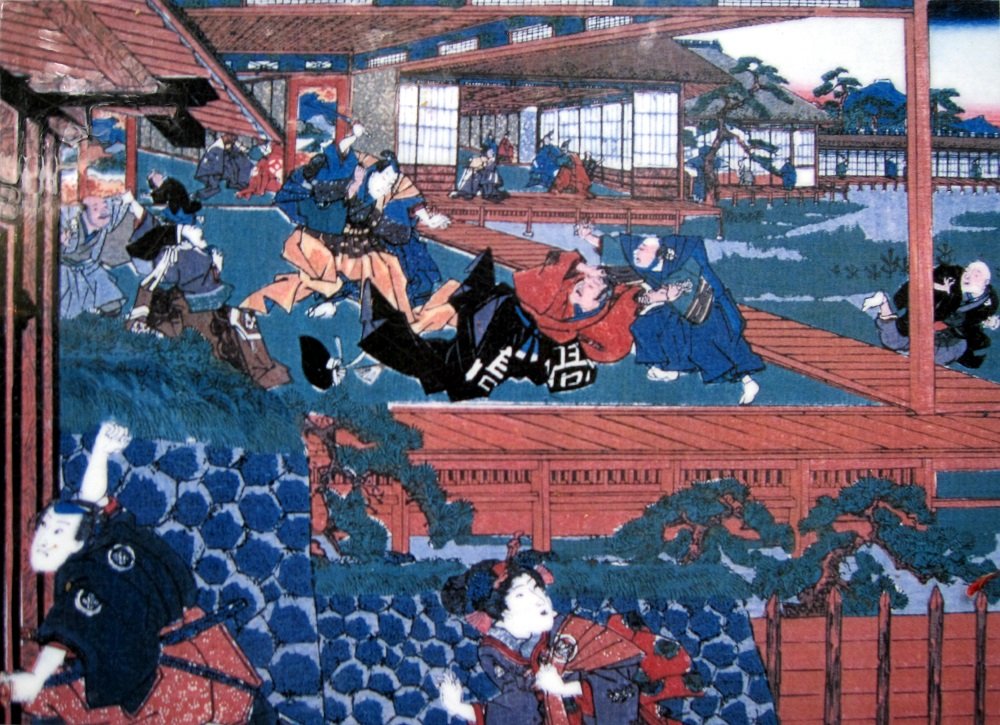
Kira’s wound wasn’t serious, but any form of violence, even drawing a dagger, was forbidden in Edo Castle. For that, Asano was forced to commit seppuku (ritual suicide), his property was confiscated, his family ruined and all his retainers to be made ronin (leaderless).
Of course, not all of Asano’s men took this lying down. 47 of his samurai swore a secret oath to avenge their master, even though the punishment for that would be death.

So for two years, the 47 ronin dispersed and became monks or tradesmen. Their leader, Oishi, went so far as to visit brothels, drink nightly and act obscenely, in a manner unbecoming of a samurai. All this was to lure Kira and his men into a false sense of security.
Finally, on January 30, 1703, two years after the initial incident, the 47 ronin attacked Kira’s house. They found a trembling Kira, cut his head off and offered it to the temple where Asano was buried. After surrendering to the Shogun, 46 of the ronin committed seppuku, while the 47th was pardoned.


















